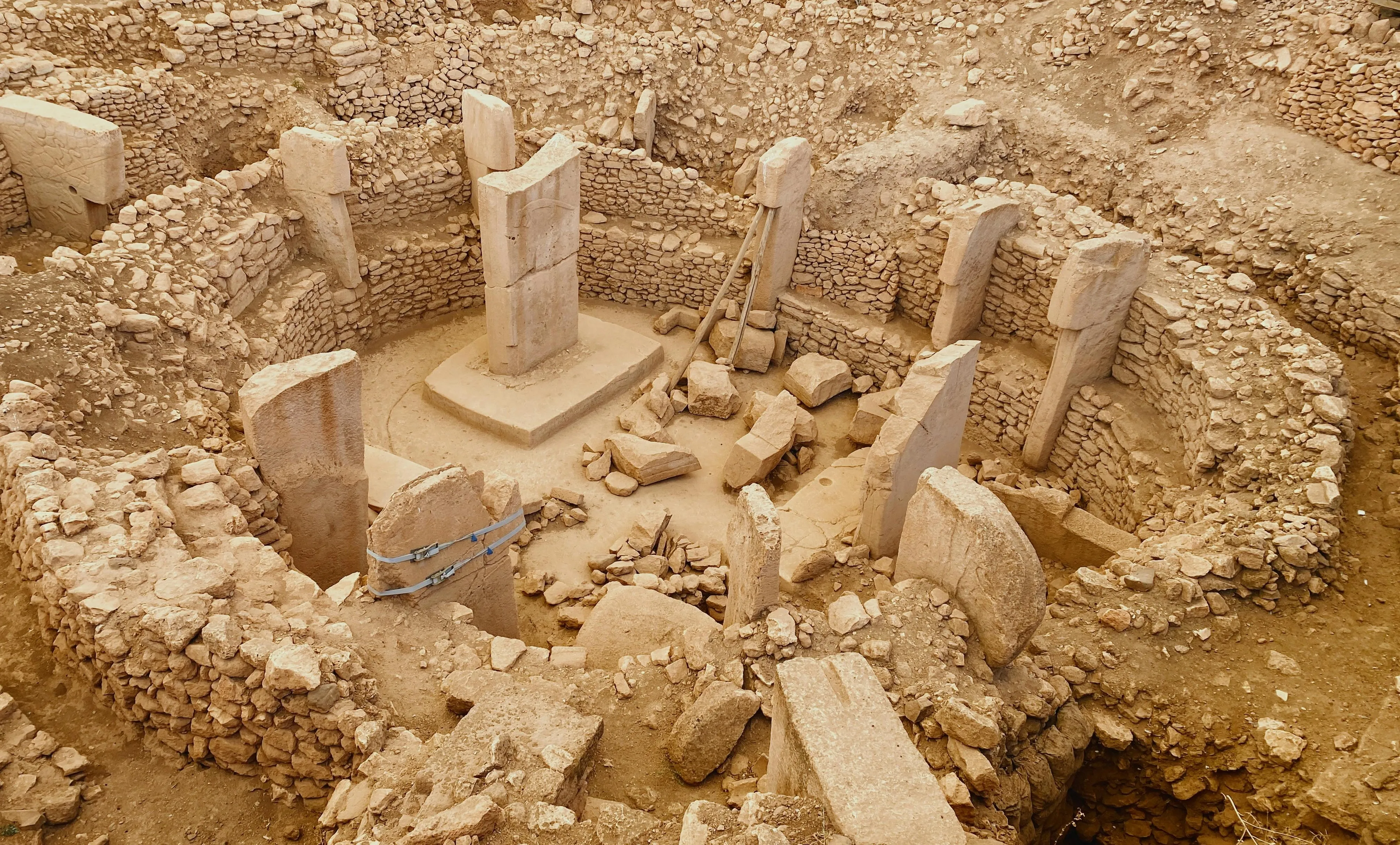Buffalo mozzarella - A surprising Italian cheese history with Indian roots

When we think of Italian cuisine, images of pasta, pizza, and of course, cheese, quickly come to mind. Among the vast and delicious world of Italian cheeses, mozzarella holds a special place, particularly the creamy and delicate buffalo mozzarella. But did you know that this iconic Italian cheese might have roots tracing back to ancient India and the mighty water buffalo?
The arrival of the water buffalo in Italy: A historical journey
While mozzarella is deeply ingrained in Italian culinary tradition, the story of its key ingredient, the water buffalo, takes us on an intriguing historical journey. It is believed that the water buffalo, originally from Southeast Asia and the Indian subcontinent, arrived in Europe around the 6th century AD. Theories abound regarding their arrival, with some suggesting they were brought by migrating Asian populations, while others propose they were introduced during the Byzantine era.
Regardless of their exact path, water buffalo found a welcoming environment in the marshlands of Southern Italy. These hardy animals, well-suited to humid climates and wet terrains, thrived in areas like Campania, where the fertile lands provided ample grazing opportunities. This marked the beginning of a long and fruitful relationship between the water buffalo and the Italian landscape.
From humble beginnings to culinary icon: The rise of buffalo mozzarella
The production of cheese in Italy has ancient origins, with evidence suggesting cheesemaking practices dating back to Roman times. However, the specific use of buffalo milk to create mozzarella is believed to have developed later, potentially around the 12th century. The monks residing in the monasteries of Southern Italy played a significant role in refining and popularizing buffalo mozzarella.
These monasteries, often situated in fertile regions ideal for agriculture and livestock, became centers of cheesemaking. The monks, skilled in animal husbandry and dairy practices, recognized the unique qualities of buffalo milk. Richer and fattier than cow's milk, buffalo milk yielded a mozzarella with a distinct taste and texture – creamier, more flavorful, and with a delightful elasticity.
Initially, buffalo mozzarella remained a local delicacy, enjoyed primarily in the regions surrounding Naples and Salerno. However, its fame gradually spread, captivating the taste buds of those fortunate enough to sample it. By the 18th century, buffalo mozzarella had gained recognition as a prized cheese, gracing the tables of the Neapolitan aristocracy and solidifying its place as a symbol of regional culinary excellence.
Preserving Tradition in a Modern World: DOP Designation and beyond
As the popularity of buffalo mozzarella continued to grow, so too did the need to protect its authenticity and heritage. In 1996, the European Union granted "Mozzarella di Bufala Campana" Denominazione di Origine Protetta (DOP) status. This prestigious designation, akin to the French Appellation d'Origine Contrôlée (AOC), ensures that only mozzarella produced within a specific geographical area, using traditional methods and 100% buffalo milk from the Mediterranean buffalo breed, can bear the coveted "DOP" seal.
The DOP certification serves not only as a mark of quality and authenticity but also as a testament to the dedication of Italian cheesemakers in preserving their culinary heritage. It ensures that the traditional methods, passed down through generations, continue to thrive, safeguarding the legacy of this exceptional cheese for years to come.
Looking forward: The enduring legacy of buffalo mozzarella
Today, buffalo mozzarella stands as a shining example of the deep connection between food and culture. Its journey, from the arrival of the water buffalo from distant lands to the establishment of a protected designation, highlights the powerful interplay of history, tradition, and culinary artistry. As we savor the creamy texture and delicate flavor of buffalo mozzarella, we are reminded of the enduring legacy of this cheese, a testament to the ingenuity and passion of generations past and a culinary treasure cherished both in Italy and beyond.

















Comments ()